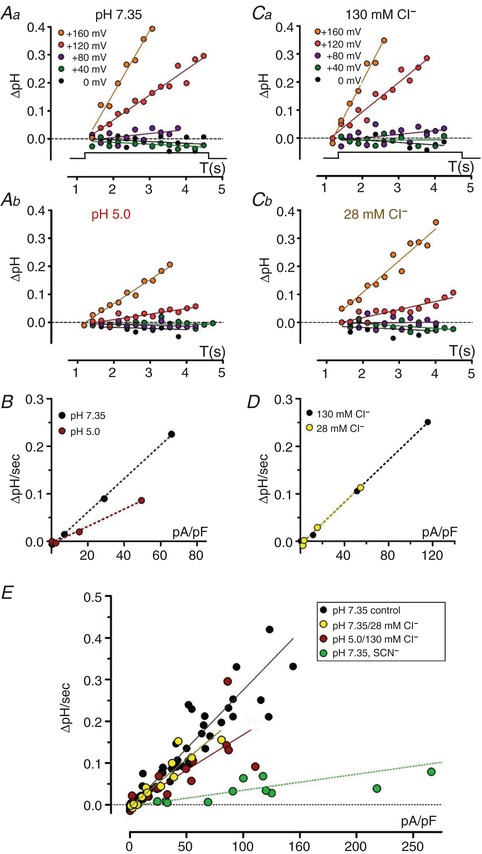Figure 5. Increased external proton concentration reduces H+ exchange coupling.

A, pH changes recorded during depolarizing pulses (0, +40, +80, +120, +160 mV) in BCECF‐loaded ClC‐5/3 wild‐type‐expressing cell in normal 130 mM Cl− saline. Aa, pH 7.35. Ab, pH 5.0. Lines are fitted to the data by linear regression. Alkalization rates (ΔpH/s) are decreased in pH 5.0. B, plots of ΔpH/s vs. I SS (pA/pF) for the cell recording shown in A; dotted lines were fitted by linear regression. The slope in pH 5.0 is significantly decreased (*** P < 0.001 vs. pH 7.35), indicating an increased Cl−/H+ exchange ratio. C, pH changes recorded in a ClC‐5/3 wild‐type‐expressing cell in external pH 7.35 saline containing 130 mM Cl− (Ca) and 28 mM Cl− (Cb). Alkalization rates (ΔpH/s) are reduced in 28 mM Cl−. D, rates (ΔpH/s) plotted vs. I SS (pA/pF) for the cell recording shown in C. Fitted slopes (dotted lines) for the two conditions are identical, indicating an unchanged coupling ratio. E, ΔpH/s plotted vs. I SS density (pA/pF) for altered external pH and Cl− conditions. Data are fitted by linear regression. In 28 mM Cl−, slope is insignificantly altered compared to normal saline (P > 0.13 vs. 130 mM Cl−; see also Table 2). In contrast, in pH 5.0 saline, slope is reduced to 60% of pH 7.35 control (*** P < 0.0001 vs. pH 7.35). Overall slope in external pH 5.0 corresponds to a Cl−/H+ coupling ratio of 3.3:1 (see also Table 2). [Color figure can be viewed at http://wileyonlinelibrary.com]
